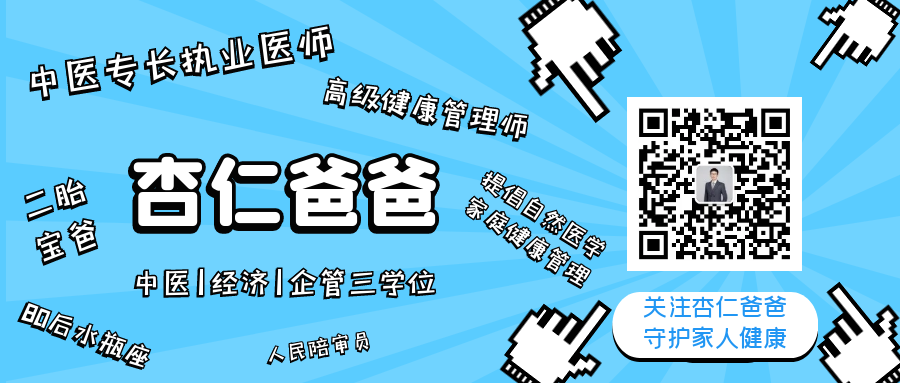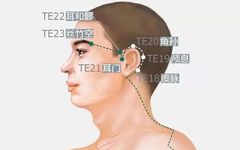Chìmài
Chìmài
※Meridian: Hand Shaoyang Sanjiao Meridian (TE 18)
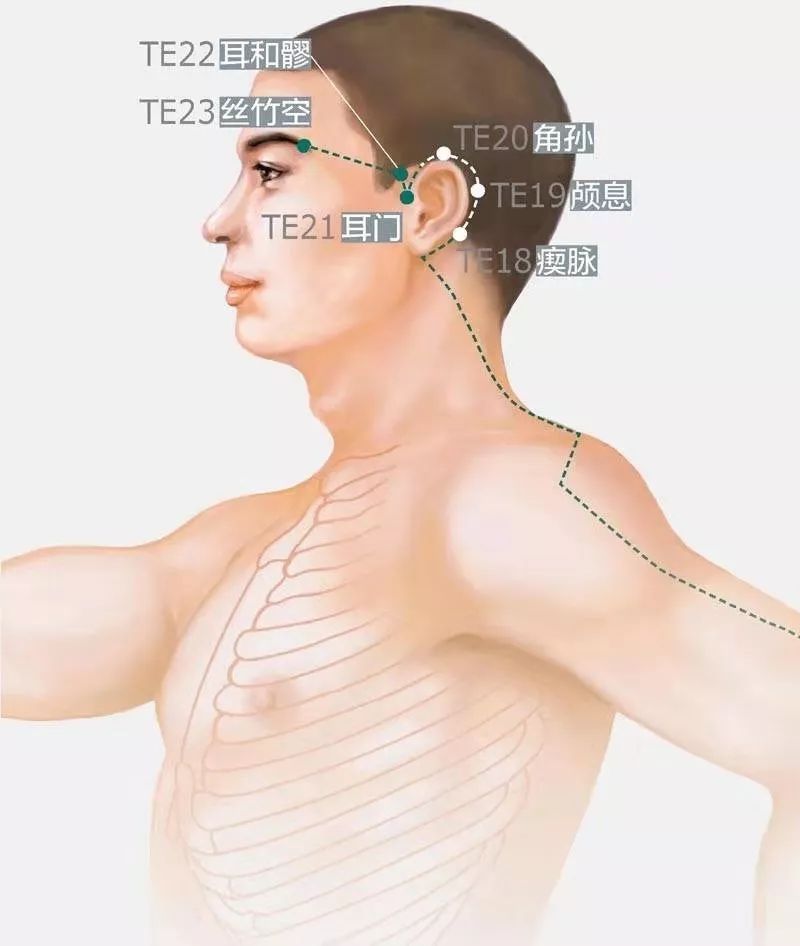
Origin of the Point Name

Chìmài refers to convulsions (zòng) and spasms; mài refers to the meridian. This point is located at the back of the ear where the green meridian resembles a chicken claw, primarily treating pediatric convulsions, hence the name Chìmài.
Precise Location

Located on the head, at the center of the mastoid process, at the intersection of the upper 2/3 and lower 1/3 of the arc connecting Jiao Sun and Yi Feng along the ear rim.
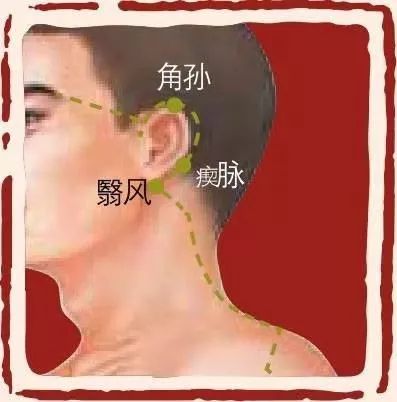
Quick Point Location

Connect Yi Feng and Jiao Sun along the back edge of the ear rim; the intersection at the middle and lower 1/3 is the point.
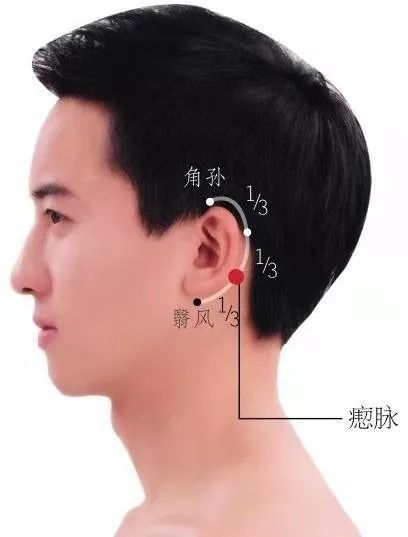
Functions

Calms convulsions, relieves pain, and opens the orifices to resolve phlegm.
Indications

1. Headache, tinnitus, hearing loss;
2. Pediatric convulsions.
Treatment Methods

Needling Method:
Horizontal insertion of 0.3-0.5 cun; or prick to bleed.
Moxibustion Method:
Moxa cone moxibustion for 3-5 cones, or moxa stick for 10-20 minutes.
Massage:
Use the fingertips to massage Chìmài for 3-5 minutes each time.
Note: Non-TCM practitioners should not perform needling or moxibustion to avoid injury from improper techniques!
Self-Care

Massaging Chìmài can treat headaches and tinnitus.
Tip
Older adults can regularly massage Chìmài to promote brain health and reduce the risk of cerebral infarction and atrophy due to insufficient blood supply!
Combination

1. Combine with Yi Feng, Er Men, Ting Gong, and Ting Hui for treating hearing loss.
2. Combine with Shen Men and Feng Chi for treating insomnia.
Point Inquiry

For inquiries about other acupuncture points, please click:
Convenient Inquiry of Meridian Points
Copyright Statement
This article is organized and published by Xingren Baba. Please indicate the source when reprinting. Content and illustrations are compiled from “Meridian and Acupuncture Points” textbook, “Precise Point Location Without Error”, “Quick Reference for Finding Acupuncture Points”, “Concise Guide to Acupuncture Points”, “Quick Reference for Acupuncture Points Illustrated”, and “3-Second Accurate Point Location Illustrated”.
